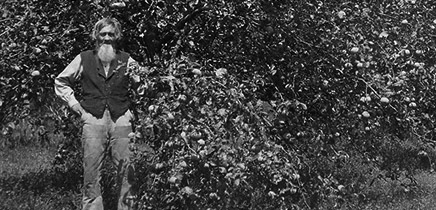Chaska has been the county seat since 1856 but that honor has not come without a fight. During the past 143 years there have been three battles for the Carver County seat.
Chaska, in fact, was not the first county seat. When Minnesota’s Territorial Legislature organized this county in 1855, they established the county seat at San Francisco Township. Like Chaska and Carver, San Francisco was founded on the Minnesota River and was seeing growth due to the settlers entering Carver County from the river. The Legislature, however, allowed the county’s voters to determine a permanent site for the county seat. San Francisco, Carver and Chaska all wanted the honor. The county seat would help secure continued prosperity for that community since many farmers bought their supplies when they paid their taxes at the county courthouse. There would also be a need for accommodations for those visiting on county business. In 1856, Chaska received 303 of the 525 votes and was awarded the county seat.
By the early 1870s, the issue of the county seat’s location was raised. Carver County’s population was now more spread out and citizens living in the central and western parts of the county felt that the county seat should be centrally located. They suggested that the county seat be moved to Benton or Waconia and signed a petition asking the state legislature to call a special election to address the location issue. The legislature never called the election and the issue died for another fifty years.
In 1920, a group of citizens formed the Carver County Seat Removal Committee whose goal was to move the county seat to Waconia. As in the 1870s, their issue was location. The committee said that the county buildings were in poor condition and since new buildings were needed anyway, the county seat should be moved to a central location. The Waconia Village Council even gave their permission to allow their village hall to be used as the county courthouse until a new county building could be built. The Waconia Patriot and the Young America Eagle ran numerous articles supporting the move to Waconia and worked feverishly to convince area residents to vote in favor of the move.
In Chaska, the Weekly Valley Herald was printing articles to convince their readers to vote against the move. County officials gave testimony that the county buildings were in fine shape and new buildings were unnecessary. Local citizens also formed their own committee called the Civic Association of Chaska to rally residents.
The battle raged for months in the local newspapers, each accusing the other of misrepresenting the truth. The election was held on June 18 and when the votes were counted, 1989 voted in favor of the move while 2372 voted against. Chaska remained the county seat.
To help prevent future county seat battles, C.H. Klein of Chaska left $500,000 to Carver County in his will for a new courthouse building. But there was a catch. The new courthouse building must be built in Chaska.
Today, automobiles and good roads have made the trip to the county courthouse manageable from anywhere in Carver County. And while county seat battles are a thing of the past, they do make for a lively chapter in Carver County’s history.


